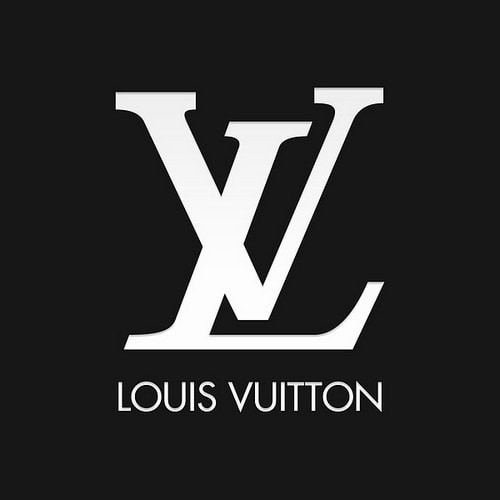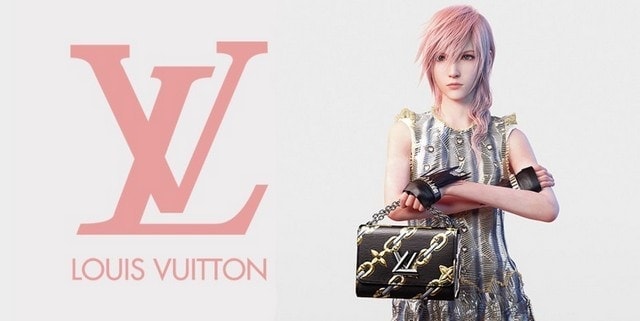Founded in 1854 the luxury apparel and fashionable accessories seller Louis Vuitton is the leading player in the segment dealing in clothing, ready to wear leather items, watches, shoes, jewellery and sunglasses. It operates in more than 60 countries globally with more than 500 stores in these nations.
Table of Contents
Segmentation, targeting, positioning in the Marketing strategy of Louis Vuitton –
Louis Vuitton is one of the trendsetters and fashionable brand which uses a mix of demographic and psychographic segmentation strategies.
Differentiating targeting strategy has been used by LV to satisfy the changing needs of the customers.
It has always positioned its products as a symbol of superiority and had build reputation over a period of time. LV uses value-based positioning strategies to attract the potential customers in the market.
Marketing mix – Here is the .
Mission- “Using exceptional designer techniques to bring in elegance & distinctiveness to people through different offerings.”
Vision- “Not Available”
Tagline-“The gift workshop”.
Competitive advantage in the Marketing strategy of Louis Vuitton –
Strong Parent company: LVMH (Moët Hennessy Louis Vuitton), a multinational luxury goods provider is the parent company of Louis Vuitton. It has dedicated 125000+ employees across the globe. LVMH is financially strong and is handling diversified 6 businesses.
Global Expansion: LV is aggressively expanding its operations in developed as well as under developed nations which are helping the company in increasing its sales and shifting its dependence from saturated developed nations to developing countries.
BCG Matrix in the Marketing strategy of Louis Vuitton –
In the BCG matrix its apparel business, ready to wear leather items and sunglasses is Stars while shoes, watches and jewellery are question marks in the BCG matrix due to competition from a large number of small and big players in these segments.
Distribution strategy in the Marketing strategy of Louis Vuitton –
LV markets its products & accessories through its own outlets globally and through supermarkets /apparel chains which help them to counter counterfeit products and at the same time control the quality and product pricing.
Brand equity in the Marketing strategy of Louis Vuitton –
Popularly known with name LV, Louis Vuitton has been successful in emerging as one of the best luxury brands. For 6 consecutive years, it has been named as the most valuable brand in the luxury segment globally. Some of the influential brand endorsers of LV are Michael Phelps, Angelina Jolie, Bono and the recent one is Will Smith’s son Jaden. The brand LV has been valued $ 27.4 bn (as of May 2016) and it has been ranked at 19th no. in the Forbes list of world’s most valuable brand.
Competitive analysis in the Marketing strategy of Louis Vuitton –
In a luxury or a high-end segment garnering reputation is absolutely necessary for the survival of the brand. Louis Vuitton has been closely associated with various celebrities from different fields so as to position itself superior to its competitors. Hermes, Gucci, Chanel, Prada etc are some f the brands which compete with LV in some of the other product categories.
Market analysis in the Marketing strategy of Louis Vuitton –
Changing life style, fluctuating exchange rate, climatic conditions, sociocultural change and evolution of digital media even in the underdeveloped nations are the factors which are affecting the companies in the luxury apparel industry. Companies in this segment are more focused on the service part, promotions through different mediums and creation of touch points.
Customer analysis in the Marketing strategy of Louis Vuitton –
Louis Vuitton is the manufacturer and distributor of the luxury goods able to attract customers in the age group of 20-45 years. Customers of LV are more inclined to superior design, perfection and art.
Liked this post? Check out the complete series on Strategies

